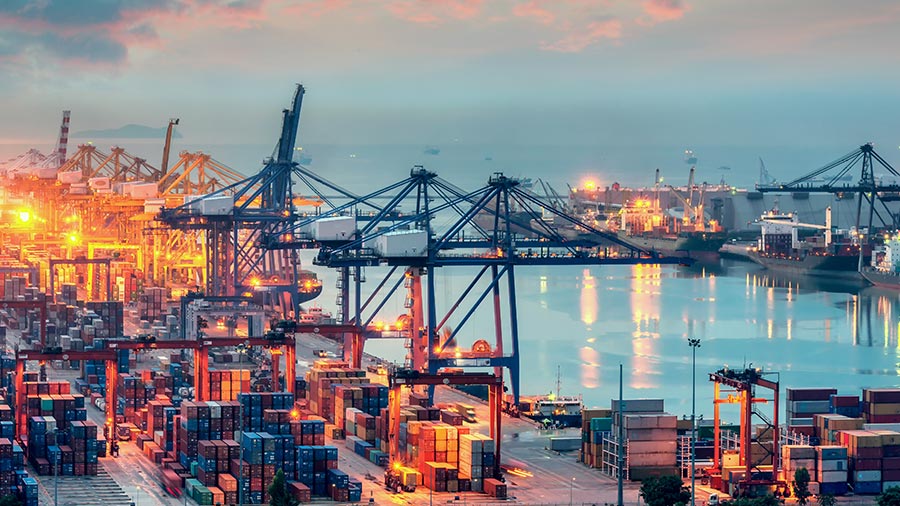
Amrit Kaal Vision 2047: India’s plan for six mega ports unveiled – Key takeaways here
NEW DELHI : India has set its sight on ambitious maritime expansion with plans to develop six mega ports by 2047, which will significantly boost its cargo handling capacity. Announced as part of the Maritime Amrit Kaal Vision, 2047, the initiative will focus on two categories :
Mega Ports with capacity exceeding 300 MTPA :
These include:
Cochin – Vizhinjam Port Cluster
Galathea South Bay Port
Chennai – Kamarajar – Cuddalore Port Cluster
Paradip and Other Non-Major Ports Cluster
The government believes these mega ports will play a crucial role in boosting India’s maritime trade, facilitating efficient cargo movement, and creating new employment opportunities.
Key Takeaways:
- Six port clusters identified for transformation into mega ports by 2047.
- Two categories based on cargo handling capacity: exceeding 500 MTPA and exceeding 300 MTPA.
- Infrastructure and capacity improvements to be achieved through PPP and internal funding.
- Mega ports expected to boost maritime trade, cargo movement, and job creation.
This initiative marks a significant step in India’s maritime ambitions and positions the country as a major player in global trade. The success of this project will depend on efficient execution, attracting private investment, and ensuring sustainable development practices.
What is the Amrit Kaal Vision 2047?
Amrit Kaal Vision 2047 is a long-term development roadmap launched by the Indian government in 2023, aiming to transform India into a developed nation by 2047, the 100th year of its independence. It encompasses various aspects of development across different sectors, including :
Maritime Amrit Kaal Vision 2047
This specific sub-vision within the larger plan focuses on developing the Indian maritime sector, with emphasis on:
Expansion of Port Infrastructure: The development of six mega ports with capacities exceeding 300 and 500 million tonnes per annum (MTPA) is part of this initiative.
Sustainable Growth: Promoting environmentally friendly practices and blue economy initiatives are key aspects.
Technological Advancement: Investment in research and development for advanced maritime technologies is encouraged.
Enhanced Connectivity: Developing efficient port infrastructure and trade corridors to strengthen global connections.
Skilled Workforce: Training and skill development programs to cater to the evolving needs of the maritime sector.
